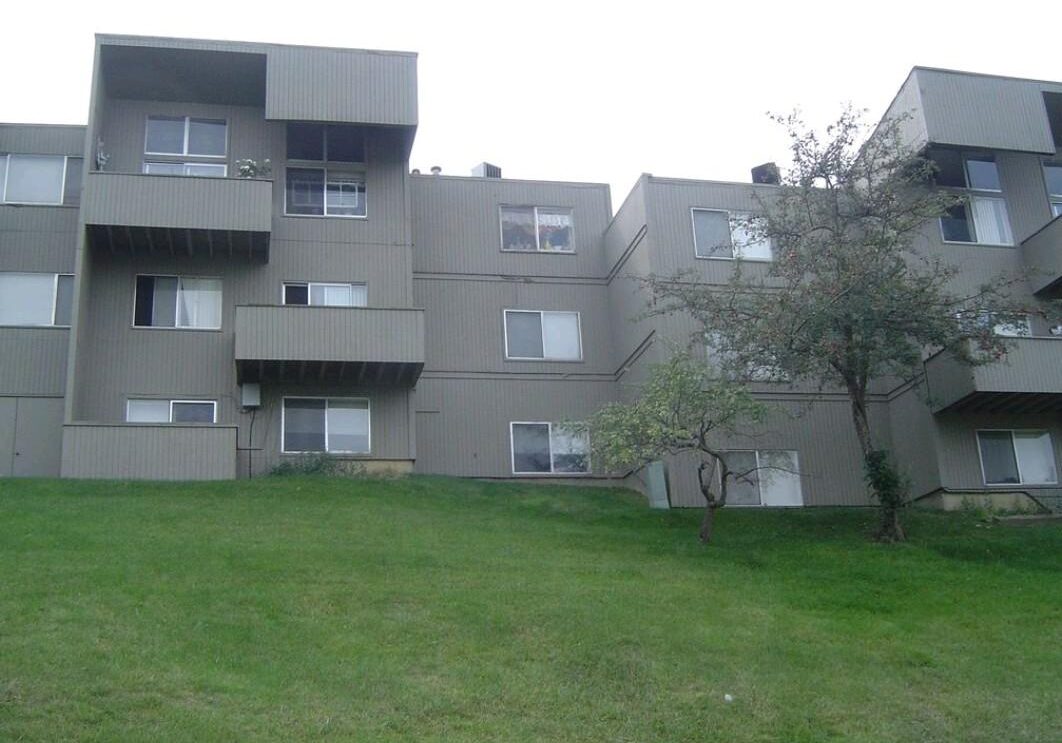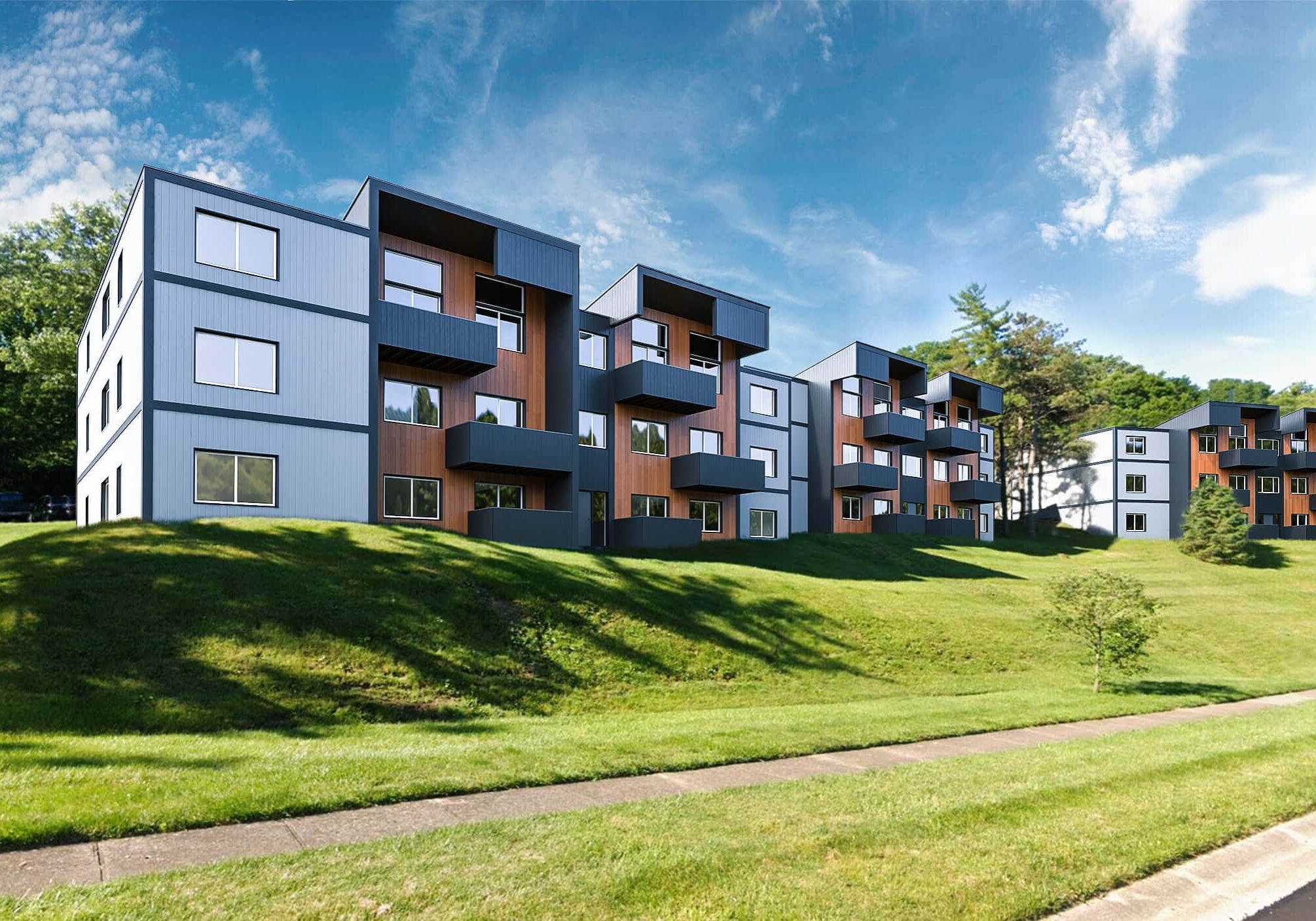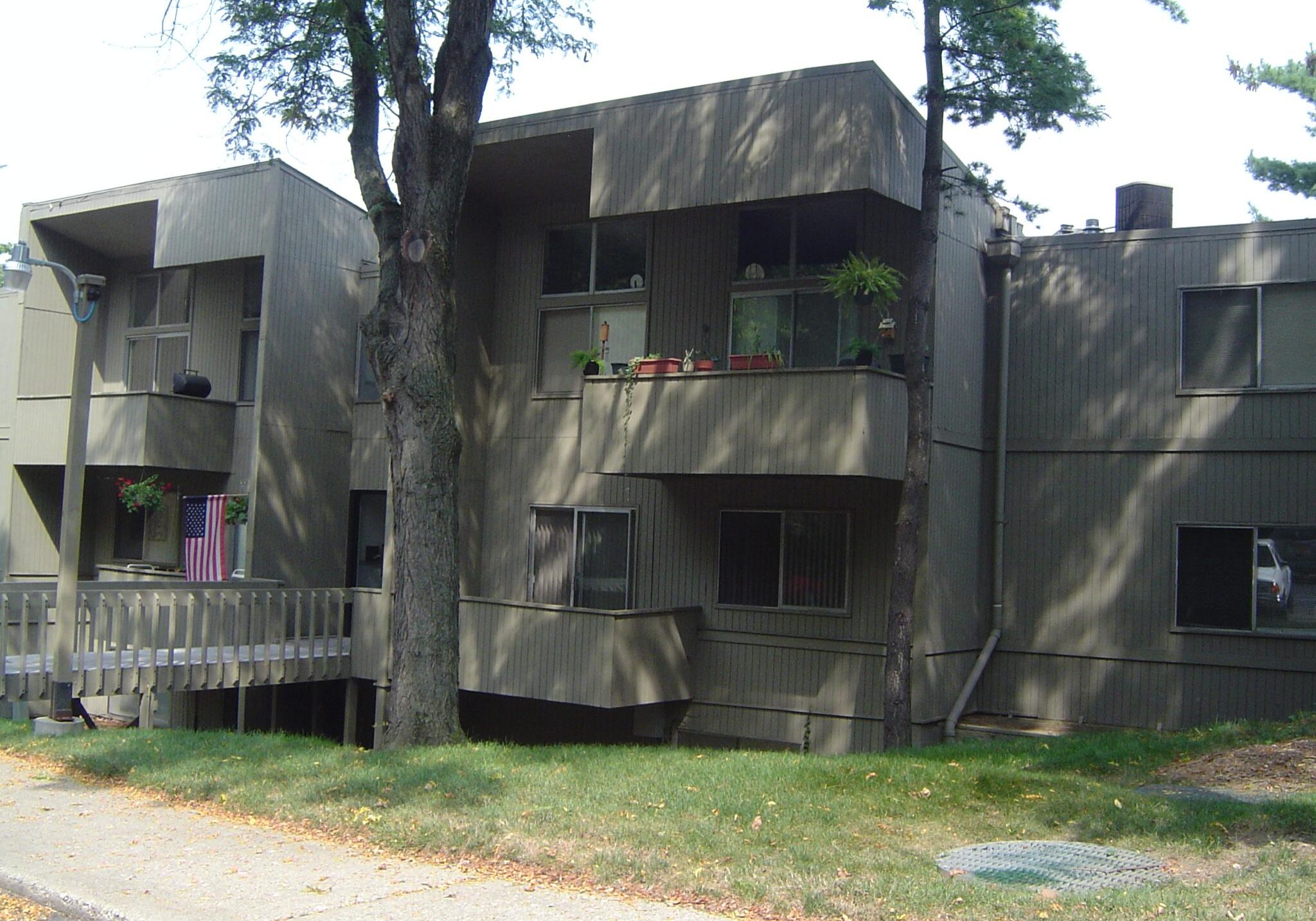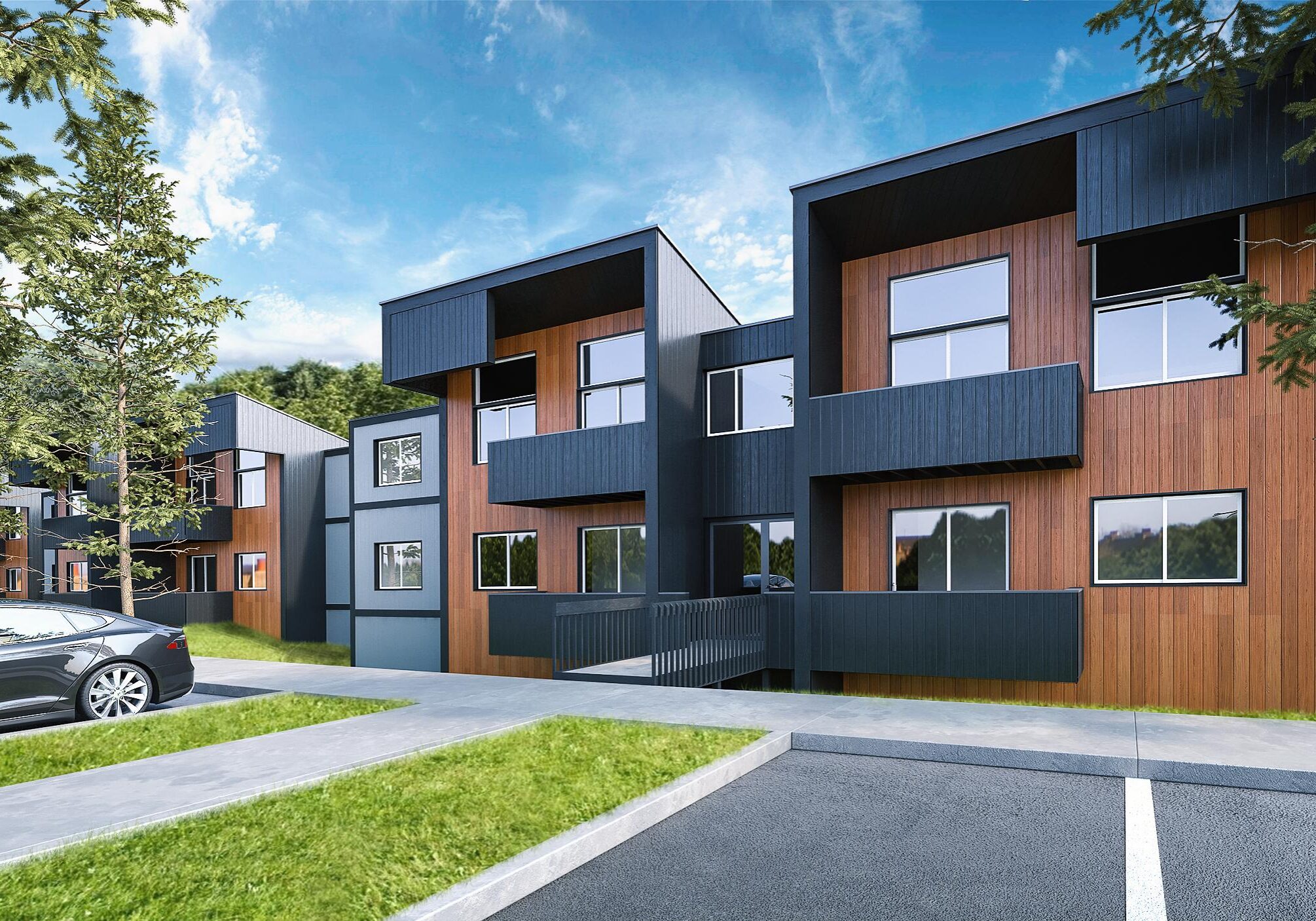The Chimney Hill Story
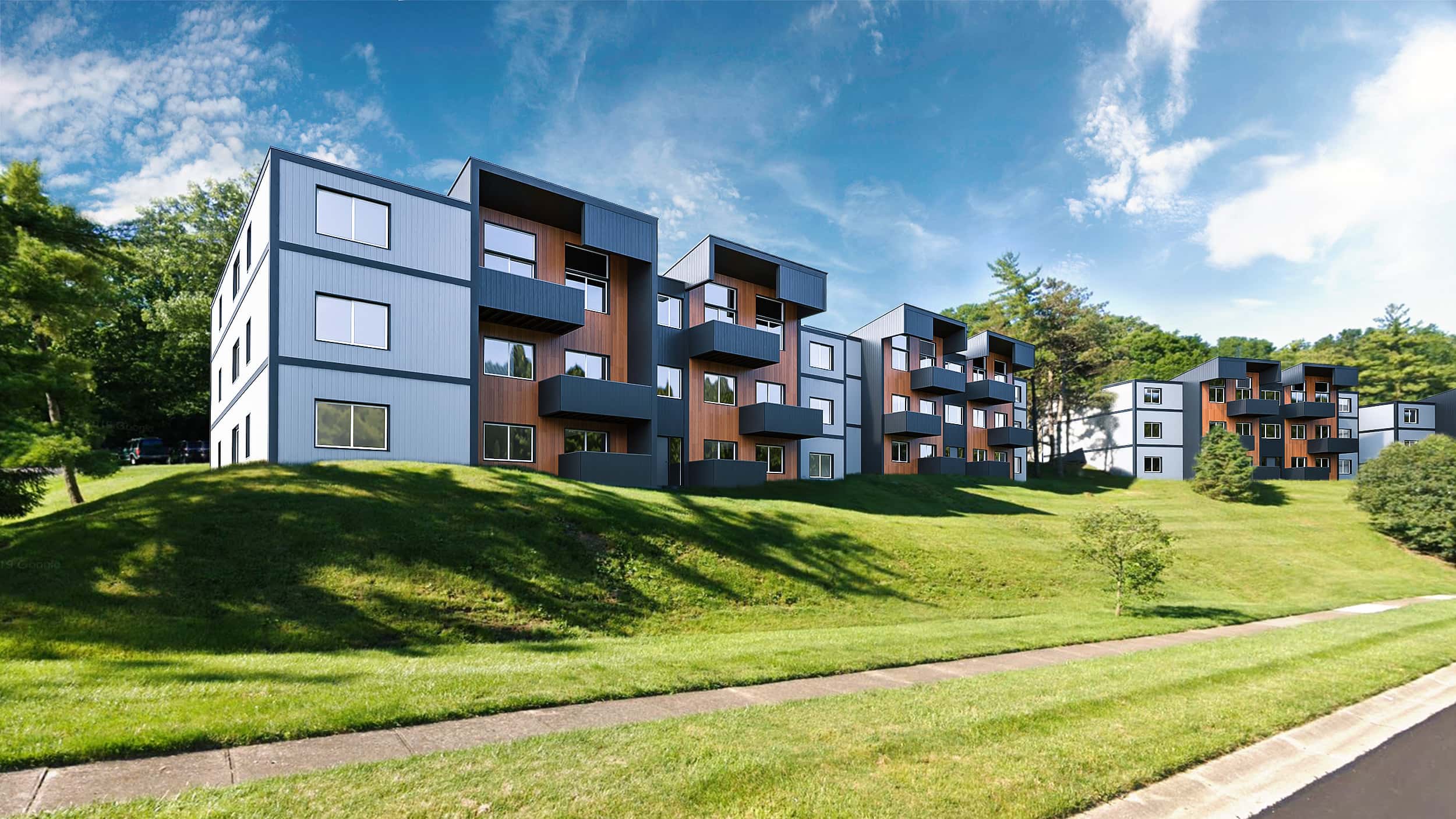
Simple Per Annum Return (to date): 23.85%
vs.
NCREIF Benchmark Return of 7.8%
Net Equity Multiple: 3.94x (via refinancing proceeds, not a full sale)
The Opportunity
Chimney Hill was owned by an Ohio-based family investment office with a real estate focus. Their investment strategy eventually changed, so they listed their real estate portfolio for sale. Ultimately, they managed to sell the entire portolio except for Chimney Hill. At that point, the family became an even more committed seller of Chimney Hill. This allowed us to negotiate very favorable acquisition terms for the property.
We liked Chimney Hill because it was strategically located in an obvious growth corridor. It was also a uniquely designed asset with very competitive floor plans, good construction quality, and a competitive location in its submarket. In addition, although it was a smaller property, it had an on-site leasing office and a full-time on-site manager. This allowed us to underwrite the NOI inclusive of all remote management costs, including salaries for the on-site management staff that we would need to manage day-to-day operations remotely.
The Obstacles
Chimney Hill Chimney Hill had an uneven operating history due to poor management, and at the time the local rental market was soft due to weak demographics. Even worse, the town's largest employer was an integrated steel mill whose management had locked out their union labor. Consequently, the steel mill was running at far less than its full capacity, and its long term future was unkown. In addition, while growth was readily apparent and visible nearby, this growth had not yet reached the specific Chimney Hill submarket.
Furthermore, Ohio had very poor state-wide demographics, and this caused Fannie Mae to designate the entire state as a "Pre-Review" market. This meant that DUS lenders could not offer any agency debt quotes without first obtaining formal written approval from Fannie Mae. This made all lenders cautious, including local bank lenders such as Key Bank, and these local banks would often refrain from lending against assets in Ohio without full personal recourse. These policies restricted liquidity and restrained valuations state-wide.
What We Did
If we had allowed ourselves to be distracted by this market's poor demographics and the financing challenges in Ohio, we would have missed the ability to make this opportunistic purchase. Most important: the lack of liquidity in Ohio at the time created a buyer's market. This enabled us to negotiate very favorable acquisition terms that would almost fully protect our downside.
Most important, owning the property meant that we could participate in the recovery that we envisioned. Our favorable purchase price gave us a nearly free option on our recovery thesis, and since we were patient capital, time was on our side. In addition, thanks to our capital markets experience, we were able to place the debt directly with a CMBS conduit at nearly full leverage with no recourse. This increased our return on equity and lowered our risk related to recourse and personal guarantees.
After closing, we increased occupancy from 85% to 95% almost immediately with more efficient management. Ultimately, we were able to increase NOI by over 80% vs NOI at closing, and this allowed us to refinance the original CMBS debt with new FNMA debt on much more favorable terms in 2016. This capital event returned 100% of initial equity capital plus a significant tax-deferred profit. Most important, we accomplished these results in a tertiary Midwest market that many thought was stagnant.
In 2023, we refinanced yet again, and we returned yet another multiple of initial capital. We continue to own this asset and we see continued opportunities for NOI growth in the future from interior and exterior upgrades. To date, Chimney Hill has generated a 23.85% simple per annum return.
Epilogue
In 2008, two years after we purchased Chimney Hill, Forbes published an article entitled "America's Fastest Dying Towns." To compile their list of the fastest dying towns, Forbes used U.S Census Bureau data from 2005-2007 ranking income growth, the rate of domestic in-migration, the change in poverty levels and the percentage of the local population with advanced degrees. The article was a top ten list, and our town and its poor demographic data was number ten out of ten.
Nevertheless, the data that the article relied upon was backward looking, just like the article itself, and the article failed to recognize the recovery that was already underway. Today, the steel mill is running at full capacity and contributing to record revenues to its parent company, which just announced a planned $500 million upgrade to the plant's blast furnaces. This $500 million investment will secure the plant's future for another generation. In addition, the local market is burgeoning with new growth, Intel just announced the largest single private-sector investment in Ohio history, and the Cincinnati MSA is posting its strongest demographic data since 1950.
We are currently undertaking a complete exterior renovation of the property and adding smart home interior features, including video intercom security systems, smart locks and a property-wide wifi integration. These investments will allow us to future proof the property and take it confidently into the next stage of growth.
*Unaudited. Past performance is no guarantee.

